Texas is world-renowned for its wide open spaces, big skies, and minimal light pollution, making it one of the premier destinations in the United States for Stargazing in Texas. From west Texas to the Hill Country to the piney woods of east Texas, there are many excellent spots to set up your telescope or just lay back and enjoy the incredible night skies that the Lone Star State has to offer. Let’s see the top spots of Stargazing in Texas.
Where To Go Stargazing In Texas?
1. Big Bend National Park
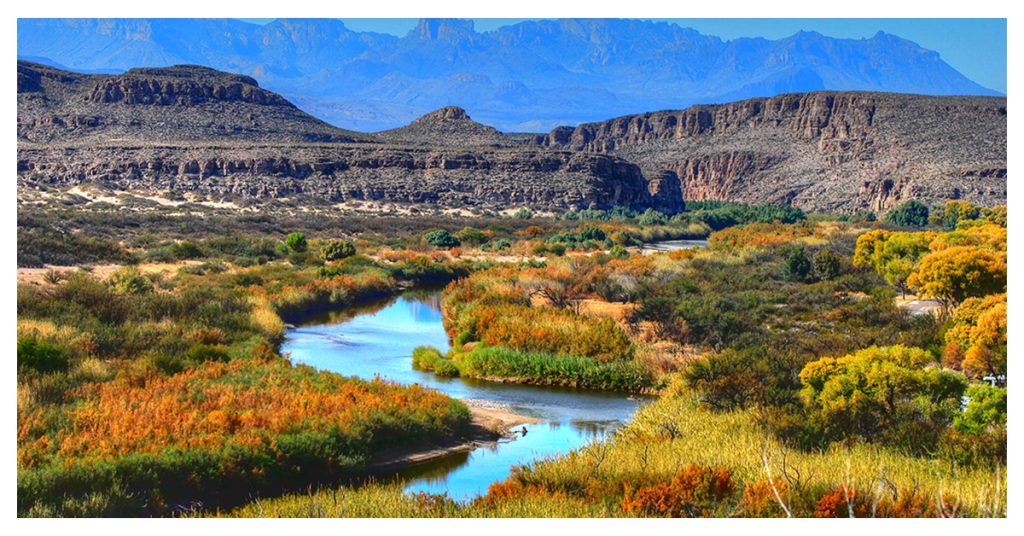
One of the darkest and most remote parks in the National Park System, Big Bend National Park is a stargazer’s paradise. It is one of the best places for stargazing in Texas and it is located in southwest Texas along the Rio Grande. Its distance from major cities and low humidity make for excellent night sky viewing. The Chisos Mountains area of the park is a particularly popular spot for stargazing. On many nights, you can see 2,000-3,000 visible stars with the naked eye, while the McDonald Observatory 107-inch telescope can detect up to 30 million stars from this vantage point. The park hosts regular night sky programs, including telescope viewings and full-dome video presentations.
2. McDonald Observatory
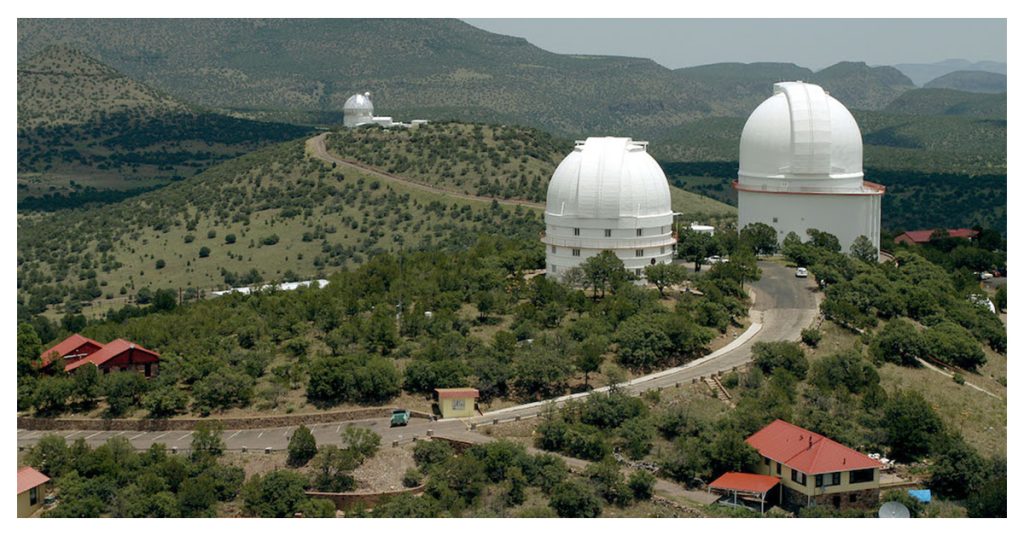
Speaking of the McDonald Observatory, it deserves its own mention as one of the best stargazing in Texas. Perched atop Mount Locke in the Davis Mountains of west Texas, the observatory is home to some of the world’s largest telescopes. There are daily public viewings on the 77-inch Harlan J. Smith Telescope, where you can see incredible features like Saturn’s rings, Jupiter’s moons, and nebulae light years away. Special viewing nights also allow visitors to peer through the giant 107-inch Otto Struve Telescope. The observatory’s state-of-the-art Science Operations Center offers guided daytime tours as well.
Read More – Top 8 Things to Do in Washington DC for First-Timers
3. Enchanted Rock State Natural Area
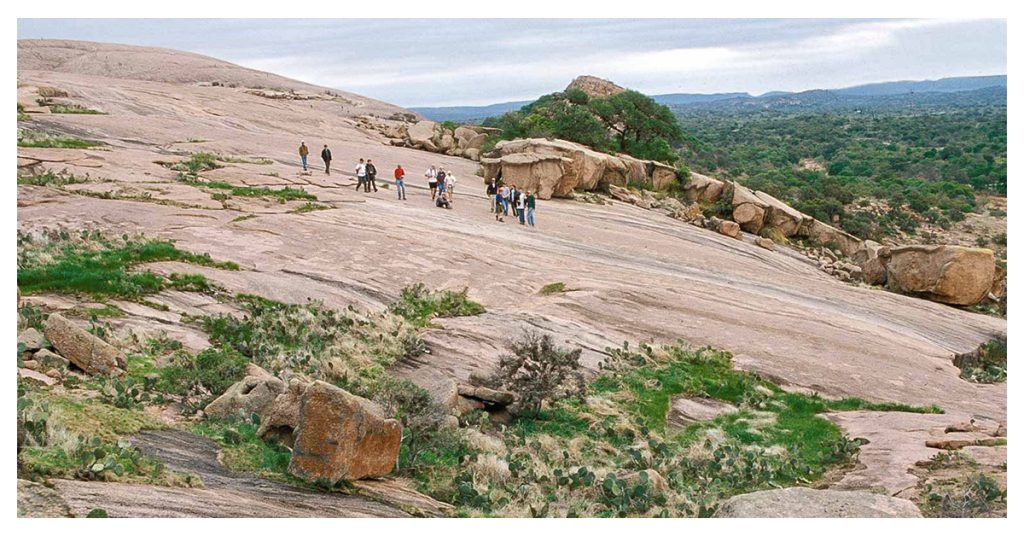
The iconic pink granite dome of Enchanted Rock rises 425 feet above the Texas Hill Country north of Fredericksburg. The rock glows beautifully at sunset, but nightfall brings out a completely different character, with incredible stargazing around this massive batholith.
The park has minimal light pollution and the granite helps reflect even more starlight. Late winter and early spring offer some of the best night sky viewing opportunities. The park hosts “Dark Sky” programs on Saturday nights closest to the new moon where astronomers have telescopes set up and educate about constellations.
4. Dripping Springs
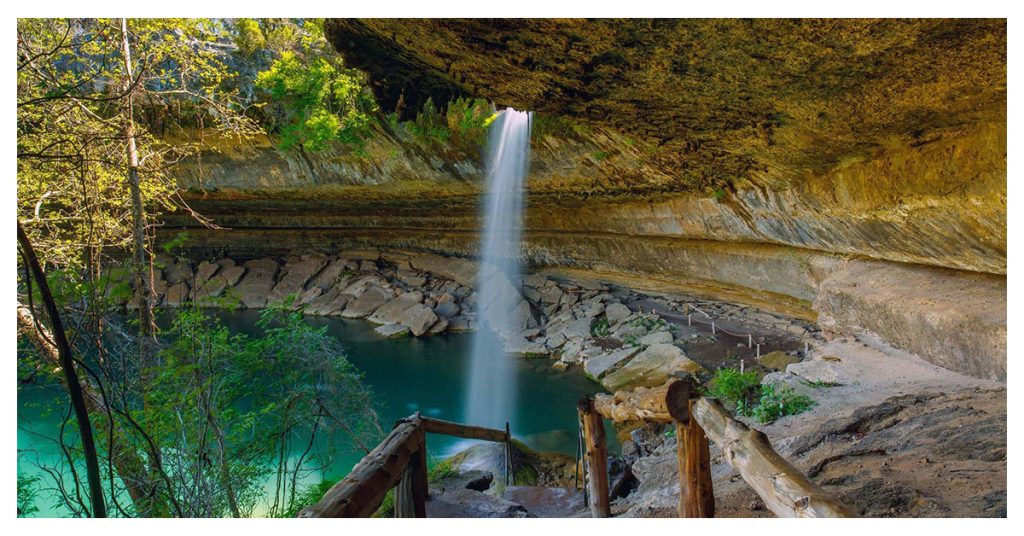
Just outside of Austin, Dripping Springs has become a popular spot for city residents to escape the lights of the metropolis for great Hill Country stargazing. Areas like Founders Memorial Park and Dripping Springs Ranch Park offer wide open spaces perfect for laying out on a blanket or setting up a telescope. The city embraces its status as a prime viewing area with its annual “Dancing for the Stars” event which celebrates astronomy and space science with telescopes, education, and performances under the night skies.
5. Copper Breaks State Park
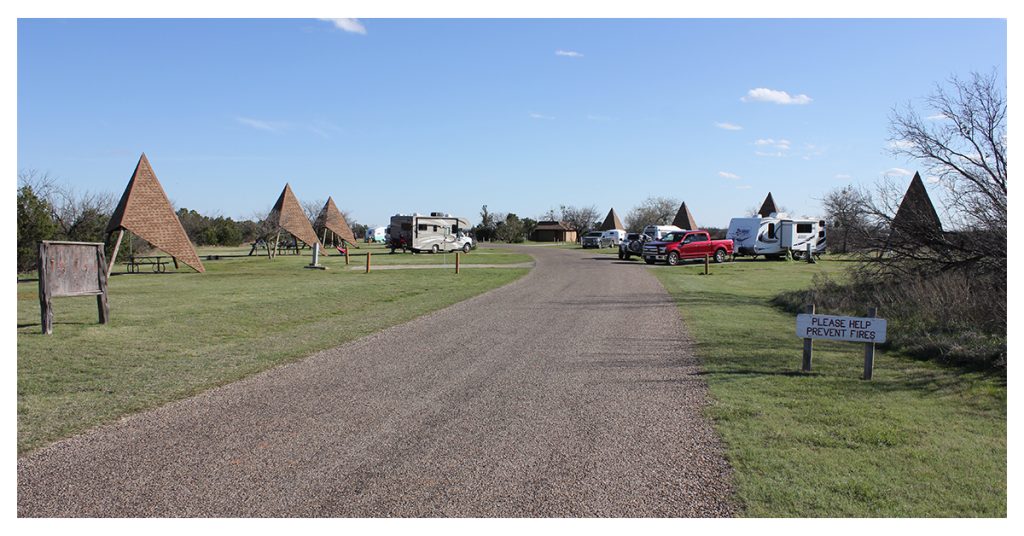
Copper Breaks State Park is one of the wonderful places for stargazing in Texas. Far out on the rolling plains of north Texas, Copper Breaks State Park is considered one of the darkest public parks in the state. It has been designated an International Dark Sky Park for exceptional night sky viewing. The park offers astronomy programs on Saturdays during the summer where visitors can tour the skies through high-powered telescopes with the guidance of volunteer astronomers. For the best views, head up to the park’s observatory or remote Primitive Camping Zone, both of which were designed to minimize light pollution.
6. South Llano River State Park
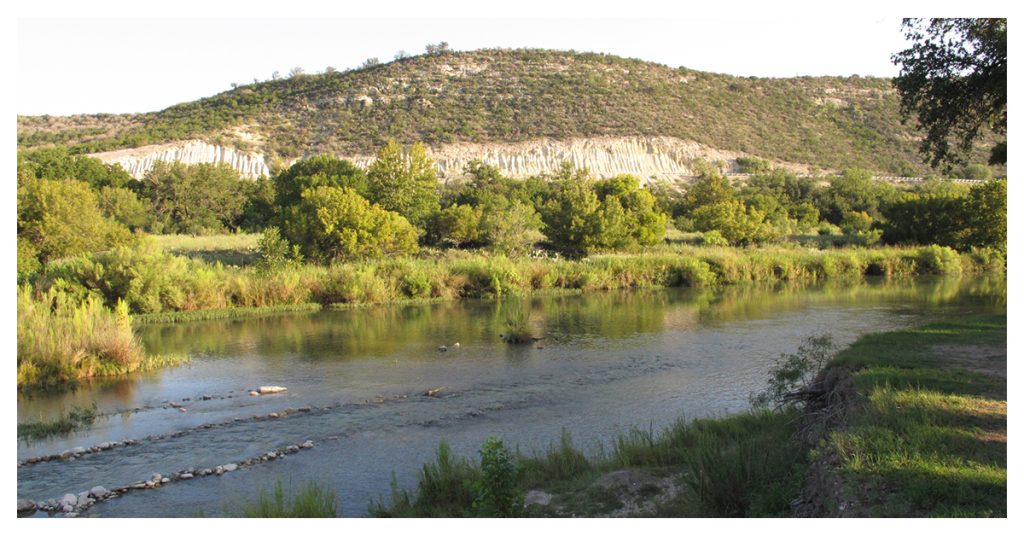
Near the small town of Junction, South Llano River State Park has numerous skywatching events thanks to its dedicated astronomy club and the exceptionally dark night skies of the Hill Country. The park hosts moonlight hikes, solar gazes during the day, and regular “star parties” where astronomers have telescopes available to help you explore planets, constellations, and other celestial objects. Late October to early November are great times to see fall constellations like Pegasus and Andromeda.


